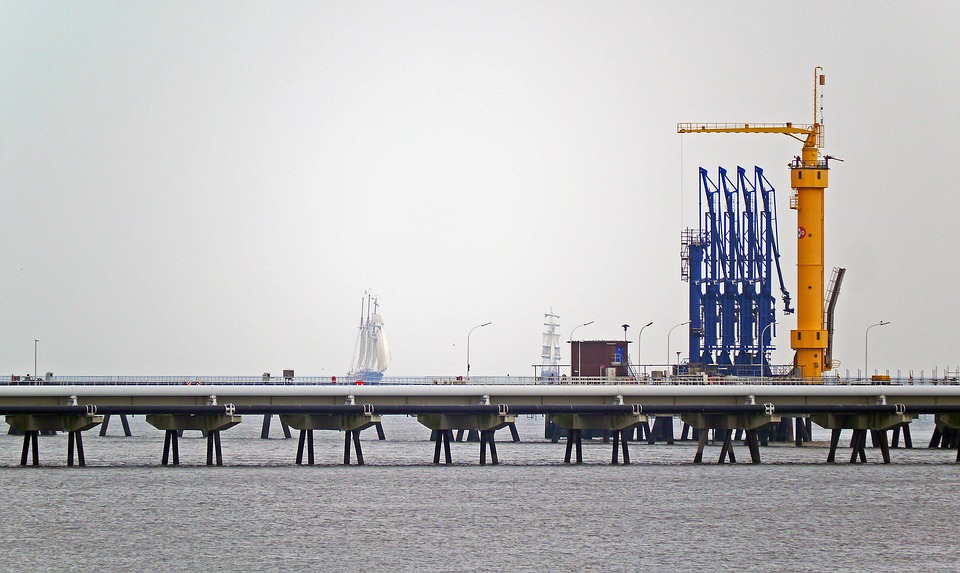Trade War & Farm-Aid
You can talk about trade wars, Iranian tensions or the biggest farm aid package since Willie Nelson started the Farm-Aid a concert for farmers at Champaign, Illinois back in the 1980’s but what really is driving oil higher today is just good old fashion supply and demand.
The American Petroleum Institute (API) is putting oil back on an upward trajectory as it reported that US crude oil supplies fell by 3.16 million barrels. The drawdown was probably inspired by strong product demand and by refiners who are ramping up output to meet that demand.

The API reported a whopping 4.87-million-barrel weekly drop in gasoline supply that really shows how strong the economy is and how strong the consumer is. Gasoline exports have also been running near record highs and the sharp drop should help support the soon to be expiring August RBOB futures as rack buyers may have to deal with a tight cash market. I won’t call it a squeeze but it might start to feel a bit like that as we head into the Friday RBOB expiration. Cushing Oklahoma also saw an 808,000-barrel drop. Distillates also saw a 1.32 million barrel drop in crude supply driving distillates further below the average range for this time of year.
Farmers looking ahead to harvest should get hedged even though President Trump will use a Great Depression-era program to pay up to $12 billion to help U.S. farmers through the trade war talks. Maybe Willie Nelson should come to play at the Trade talks with President Trump and President of the European Commission, Jean-Claude Juncker. Any sign that Trump and Juncker can lay the groundwork for a trade deal could set oil, distillate, grains and metals on a tear.
The petroleum outlook short term is tight, and many are wondering why the shale oil producers are not making up for rising demand. Well, they are doing the best that they can’t keep up, as logistical issues and pipeline constraints are still hampering progress. The Houston Chronicle reported that “Oil pipeline constraints out of the most prolific oil and gas field in the U.S. may continue through early 2020, according to a new analysis by Wells Fargo.” The report, which analyzes infrastructure needs at eight petroleum and gas regions and commodity hubs, said the update is due to rapidly increasing production and delays in pipeline projects. The report, which analyzes infrastructure needs at eight petroleum and gas regions and commodity hubs, said the update is due to rapidly increasing production and delays in pipeline projects.
Pipeline constraints in the Permian Basin, which produces 3.3 million barrels of oil a day and has seen production grow 37.6 percent in the last year, are now expected to hamper the region into the first quarter of 2020, according to the Wells Fargo analysts.
Reuters is reporting that Occidental Petroleum Corp OXY.N is exploring a sale of its pipeline assets, hoping to fetch more than $5 billion and free up capital to invest in exploration and production as oil prices rebound, people familiar with the matter said on Tuesday. Occidental's decision to shed the assets is the latest example of an oil company balking at the capital expenditure required to maintain U.S. pipelines, which have been plagued by bottlenecks and require a construction of new networks.
Hess Corp HES.N and Oasis Petroleum Inc OAS.N are among the companies that have sold or spun off pipelines in the past year, looking to take advantage of high valuations for these assets, which have been buoyed by the capacity constraints. Fill up your gas tank before prices rise again.
Disclosure: Make sure you prosper all week. Stay tuned to the Fox Business Network where you get the Power to Prosper. Trade updates and levels. Call me at 888-264-5665 or email me at more



